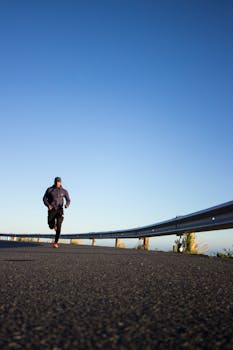
Introduction
Runners at all levels are bombarded with advice about the "right" running form. However, many common beliefs about running technique are outdated or simply untrue. Believing these myths can lead to frustration, injury, or missed potential. Here are the most common running form myths you should forget—and what to do instead.
Myth 1: There Is One Perfect Running Form
Many believe that all runners should strive for a single, ideal technique. But every body is different.
- Fact: Natural variations in body structure, flexibility, and strength affect your form.
- Tip: Focus on what feels comfortable and efficient for you instead of copying others.
Myth 2: You Must Land on Your Forefoot
The trend of forefoot striking led to the myth that it's always better than heel striking.
- Fact: Scientific studies show that heel, midfoot, or forefoot striking can all work, depending on the runner.
- Tip: Don't force a landing style. Instead, aim for a stride that feels natural and keeps you injury-free.
Myth 3: Long Strides Make You Faster
Overstriding—taking longer steps in an attempt to run faster—often backfires.
- Fact: Overstriding can increase injury risk and waste energy.
- Tip: Try to keep your feet landing beneath your hips with a quick, light cadence.
Myth 4: Arm Swing Doesn’t Matter
Some ignore their arms, but arm movement affects efficiency and balance.
- Fact: Tense or uncontrolled arms can sap energy and hurt your form.
- Tip: Keep elbows bent at about 90 degrees and swing your arms forward and back, not across your body.
Myth 5: Good Form Feels Effortless
Expecting running to always feel easy with proper form can be discouraging.
- Fact: Even elite runners work hard and sometimes struggle.
- Tip: Listen to your body. Tiredness and discomfort can be normal, but persistent pain is a sign to adjust.
Conclusion
Forget the myths and focus on what works best for you. Listen to your body, pay attention to comfort and efficiency, and remember that there's no single way to run well. With practice and self-awareness, you'll find a running form that helps you enjoy the miles ahead.
Comments
Post a Comment